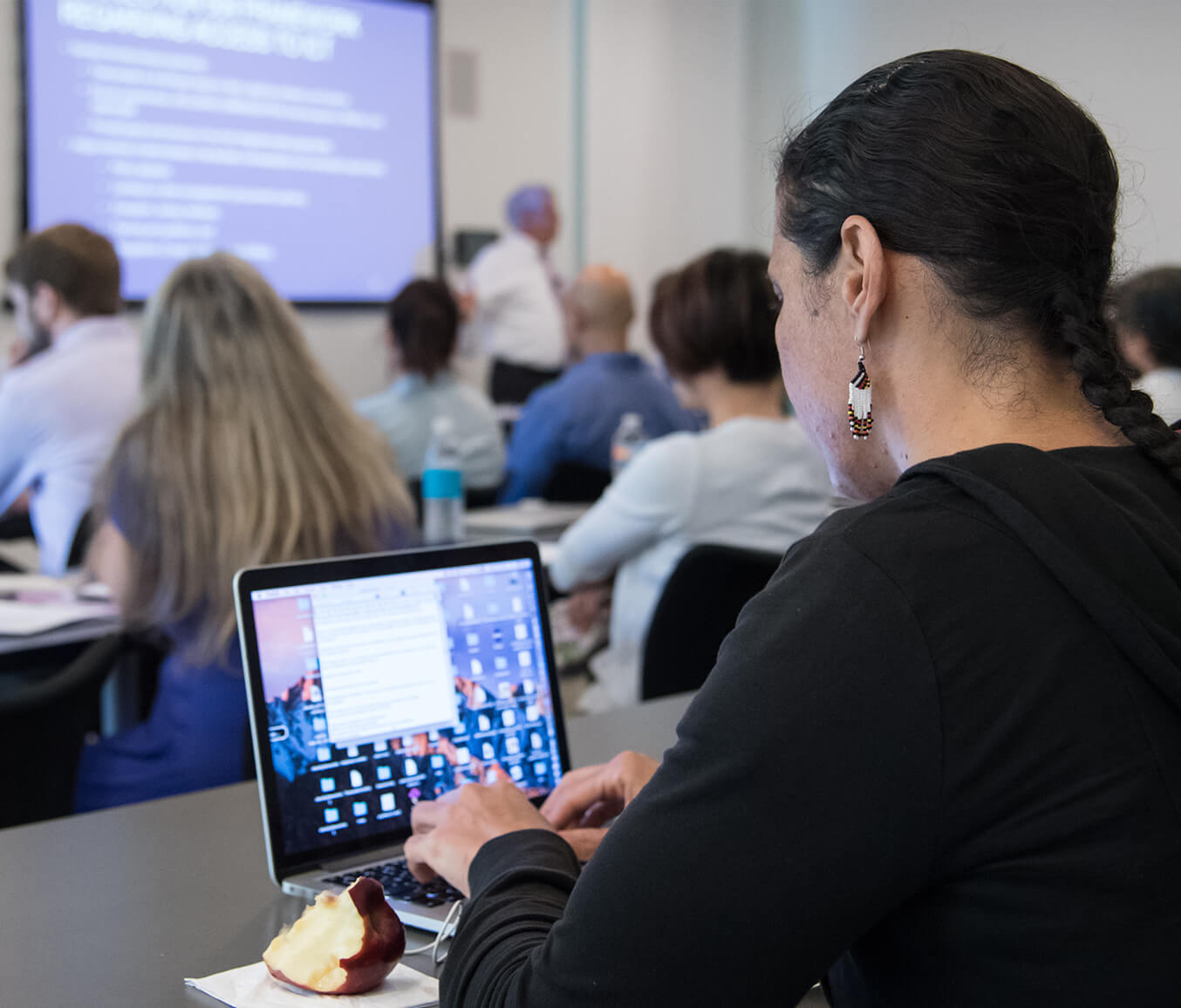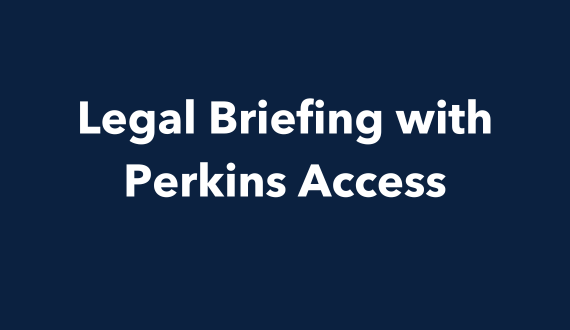5 tips to make your website more accessible for people with disabilities
Share

Everyone loves the convenience of going online to shop, bank, obtain services or connect with friends. But for the nearly 1 in 5 Americans who has a disability, according to the latest U.S. Census, accessibility obstacles on many websites make these everyday tasks more challenging. Make sure that everyone has equal access to your digital content. It doesn’t just make good business sense – it also puts you on the right side of the law. The federal government recently revised rules and regulations regarding online accessibility. Additionally, an accessible website benefits everyone by allowing all users to more easily perceive content, navigate and locate information, and perform a variety of tasks.
Here are 5 quick tips to eliminate barriers:
Tip 1: Ensure keyboard accessibility
Not everyone navigates web content using a mouse. Some use only a keyboard, including those who are blind or visually impaired. Try to browse your site with just a keyboard by using the tab key, the arrow keys, the enter key and the space bar. You should be able to fully navigate the site and access all of the content, including interactive elements, and controls such as drop-down menus, form fields and radio buttons.
Tip 2: Use unique link text
Users who are blind and who use a screen reader depend on unique link text when navigating by link. Generic link text – like “Read More” or “Click Here” do not describe the destination of the link. While explanations may appear in paragraphs nearby, users of assistive technology will likely have difficulty locating the link they are looking for. Make sure that all the links in your website are unique and descriptive.
Tip 3: Communicate with more than just color
Colorblindness is more common than you might think – it affects about 1 in 12 men and 1 in 200 women. Examine your site’s images, particularly charts and graphs. If color is the only distinction between different elements, add a pattern fill. Use visual cues such as an underline or bold text to make sure information is not conveyed solely by color.
Tip 4: Provide accessible videos
If you have video content on your site, you need to provide captions and audio description so that users with sensory impairments can access your media. Captions should sync with the visual content of your video and capture all spoken dialogue and meaningful sounds so users who are deaf or hard of hearing can access your videos. Similarly, provide access to a secondary audio track that describes the visual content of your videos so that people who are blind or have low vision can follow along. Be sure to use an accessible media player that supports these important accessibility features.
Tip 5: Offer multiple ways to find content
Create consistent navigation across every page of your site, provide a site map and offer a global search function so that users can navigate your site in multiple ways. Don’t let users get stuck and frustrated while they’re looking for important information.
I’ve followed these tips – now what?
You’re already ahead of the curve in accessibility if you’ve worked with your web developers to solve these five issues. Now, take the next step to become a leader in inclusion. Send a clear message to your employees, existing and potential customers, as well as your competition: We value everyone. Contact us today for more information on identifying and solving accessibility issues.




